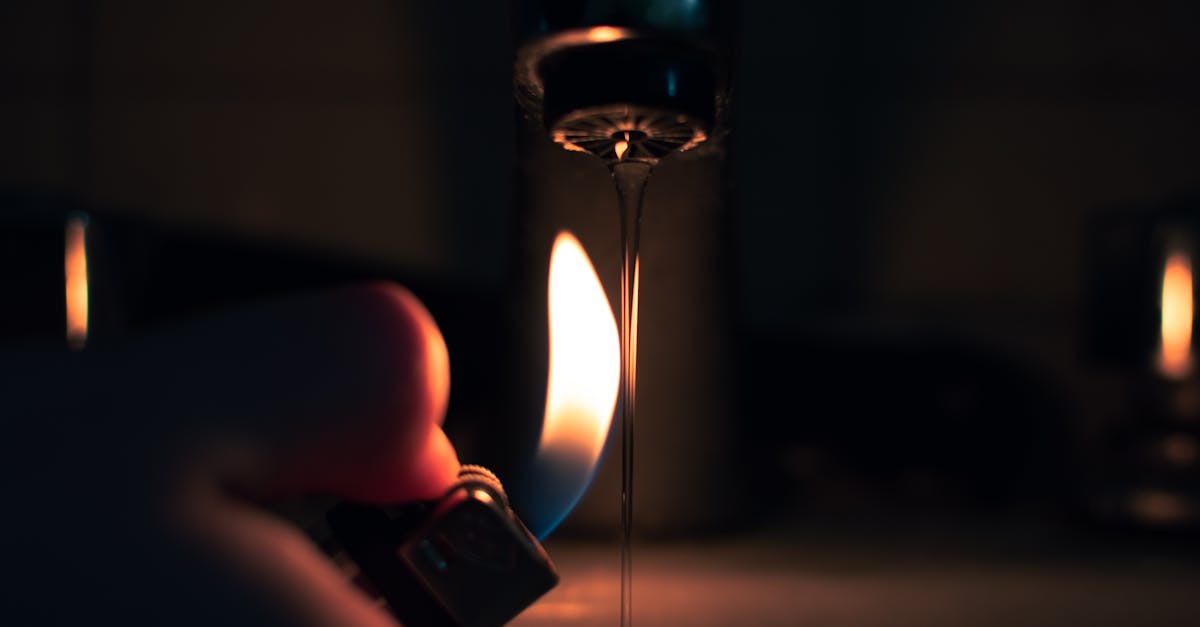
Cinematographer in Dubai: How to Avoid the Heat
Dubai is a vibrant city, rich in culture, architecture, and breathtaking landscapes, making it a prime location for cinematographers. However, shooting in this beautiful desert city comes with its challenges, particularly the intense heat. This blog post explores effective strategies for mastering your craft as a cinematographer in Dubai while avoiding the heat.
Understanding the Climate
Dubai’s climate is characterized by hot summers, with temperatures often soaring above 40°C (104°F) in June, July, and August. Even in the cooler months, daytime temperatures can still be quite warm. For cinematographers, this can pose significant challenges during outdoor shoots. The glare from direct sunlight can impact your footage, create harsh shadows, and increase the potential for equipment overheating. Understanding the local climate is crucial for anyone looking to work in Dubai.
Timing Your Shoots
One of the most effective strategies for avoiding the sweltering heat is careful planning of your shooting schedule. Morning and late afternoon are typically the most suitable times for outdoor shoots, as temperatures are cooler, and the light is softer and more flattering. The so-called "golden hour," shortly after sunrise and before sunset, provides ideal lighting conditions for filming. By scheduling shoots during these times, cinematographers can not only keep cool but also produce stunning visuals.
Choosing the Right Locations
When scouting for locations, consider the impact of heat on both the crew and the equipment. Indoor venues or shaded areas can provide a respite from the heat during the hottest parts of the day. Look for locations that offer natural shade or even consider utilizing indoor spaces that reflect the architectural beauty of Dubai. This strategy not only helps you manage the heat better but also opens up opportunities for unique shots in diverse environments.
Staying Hydrated and Preparing Your Crew
The importance of hydration cannot be overstated when working in hot climates. As a cinematographer, you should ensure that your crew has adequate access to water and breaks from the heat. Providing shade and areas for rest can enhance focus and maintain energy levels during shooting. Therefore, it's advisable to carry portable hydration packs, cooling towels, and encourage your team to wear hats and sunblock, fostering a culture of safety and well-being on set.
Protecting Your Equipment
Heat can be detrimental to camera equipment and accessories. Overheating can lead to malfunction or even permanent damage, resulting in costly delays and repairs. To mitigate risk, consider investing in equipment that is designed for high temperatures. Lens hoods can help reduce glare and prevent overheating, while camera bags with thermal insulation can protect sensitive gear from extreme conditions. If necessary, bring along fans or portable air conditioning units to keep equipment cool during breaks.
Embracing Technology
Utilizing technology can significantly contribute to a smoother shooting process in hot conditions. Remote-controlled cameras and drones can minimize the need for extensive crew movement under the sun, while mobile apps can help monitor weather conditions and UV indexes. Additionally, digital tools can facilitate better management of shooting schedules, ensuring that you can adapt quickly based on the climatic conditions.
Incorporating Global Perspectives
Dubai is an international hub, attracting talent from all over the world. This diversity can provide a rich source of inspiration and collaboration. Engage with fellow cinematographers who have experience in heat management to gather insights and tips. Networking can open doors to new techniques, resources, and even local knowledge that can help navigate the unique challenges of filming in Dubai.
Post-Production Planning
Finally, consider how the heat and lighting conditions will impact your post-production workflow. Capture additional footage during the cooler hours to allow for editing flexibility later on. This can enhance your storytelling and offer different perspectives on the same scene. By planning ahead, not only can you create remarkable content, but you can also ensure that your post-production process is as smooth as possible despite the challenges faced during shooting.
Conclusion
Shooting in Dubai can be both thrilling and challenging for cinematographers, with the heat being a significant factor to navigate. By understanding the climate, planning effectively, protecting yourself and your crew, and leveraging technology, it is possible to produce captivating visuals while minimizing the strain of the heat. Remember, successful cinematography goes beyond the technical aspects; it involves creating an environment where creativity can flourish, regardless of the weather. With the right approach, every shoot in Dubai can become a cherished experience.